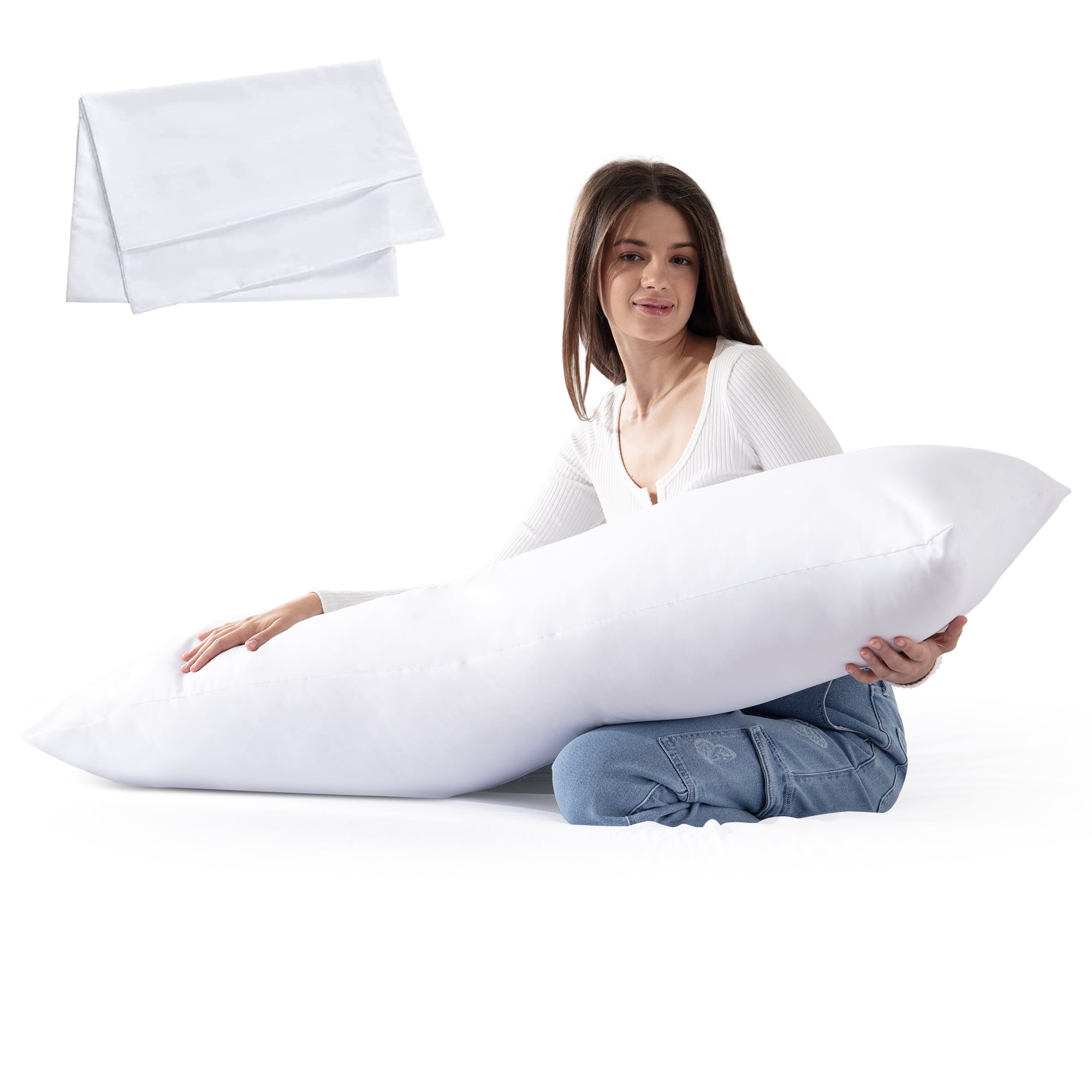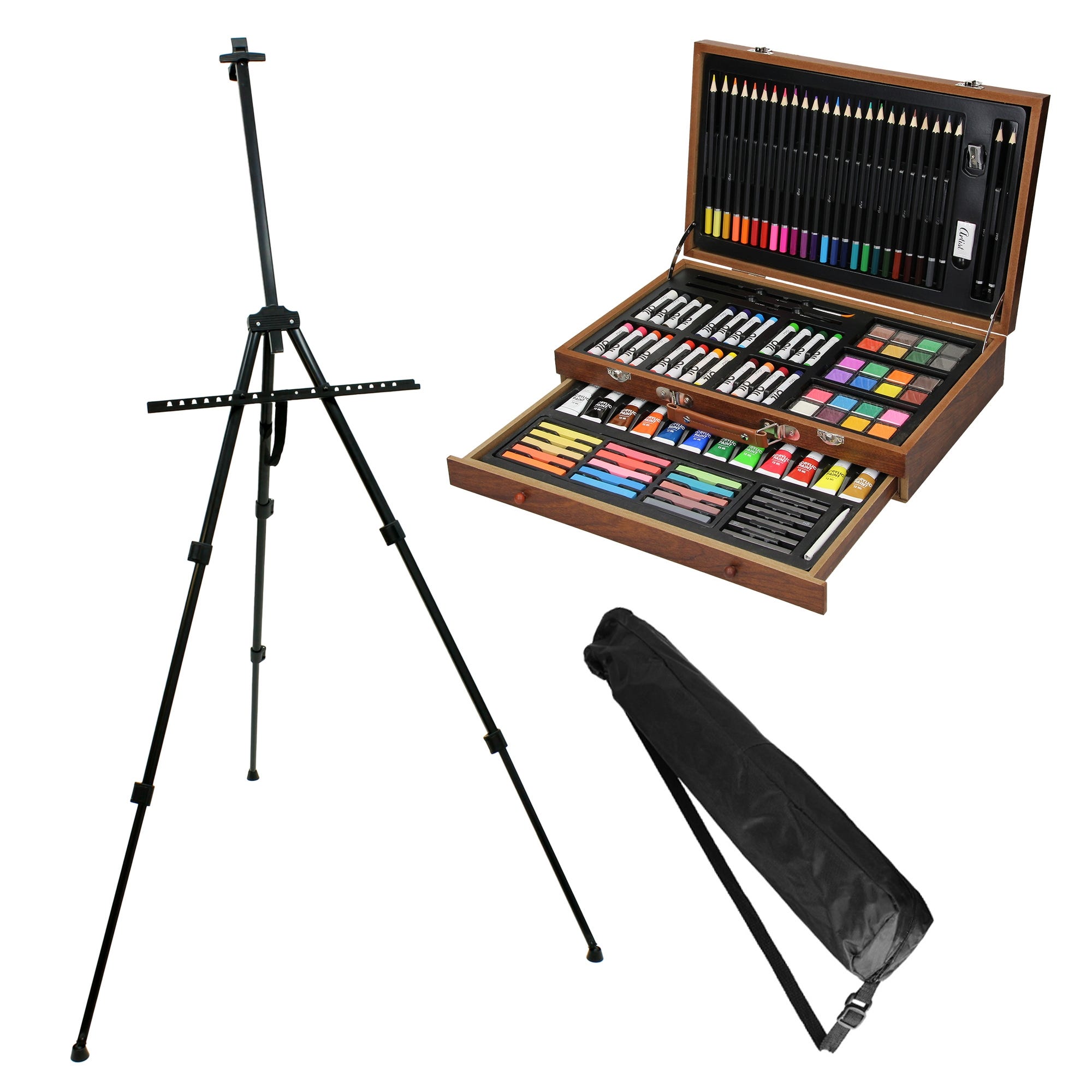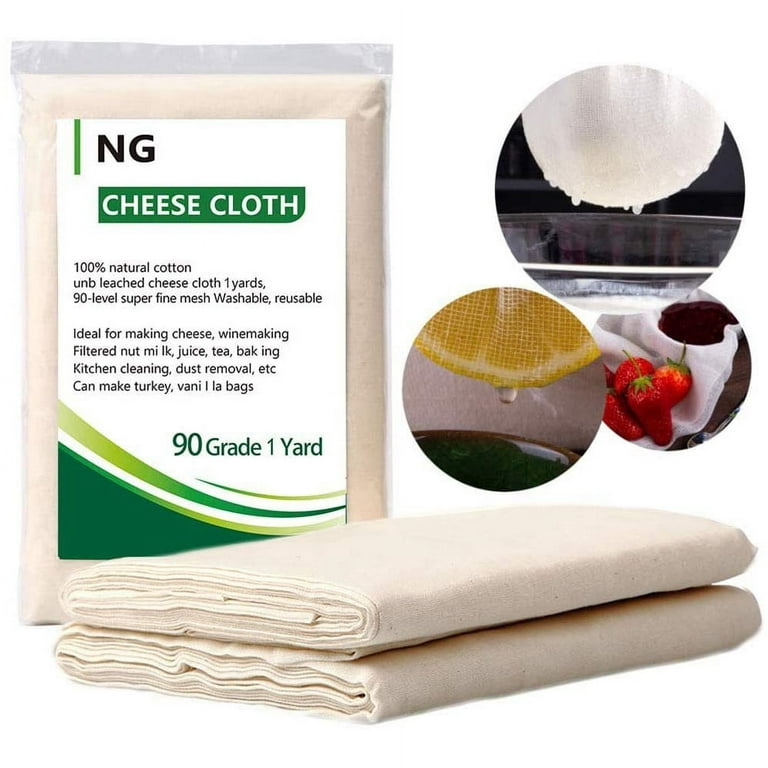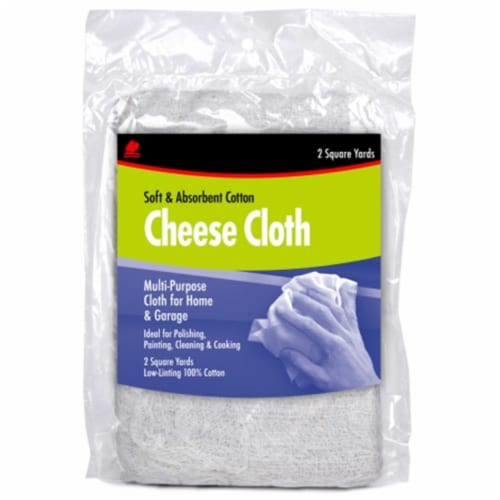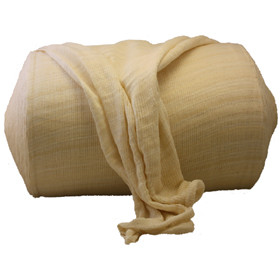What Is Cheesecloth? Where Can I Buy Cheesecloth Near Me or Delivery? — Mary's Kitchen Towels

Cheesecloths are cotton clothes that are lightweight, loosely woven, and resemble gauze. They are made from woven cotton gauze fabrics, which give them their airy and lightweight characteristics. They are available in seven grades, from open cheesecloths to extra-fine weave. The grades are determined by how many thread
Cheesecloths are cotton clothes that are lightweight, loosely woven, and resemble gauze. They are made from woven cotton gauze fabrics, which give them their airy and lightweight characteristics. They are available in seven grades, from open cheesecloths to extra-fine weave. The grades are determined by how many threads are used in every inch constructed in every direction. The grades are represented in units of 10, each unit representing a sturdier, more durable cloth. Cheesecloths with lesser grades are more open weave, which allows more materials and liquid to pass through but are not as durable. However, cheesecloths with more grades, for example, 90, would be weaved tightly together, limiting the amount of materials that pass through, and are more durable. How Is Cheesecloth Used To Make Cheese? Cheesecloth began being used in cheese making after cheesemakers realized that not only does it protect the cheese, but it also allowed it to breathe as it aged. Therefore, in making cheese, the cheesecloth is wrapped around various types of cheese wheels as they age. It is commonly wrapped around cheddar cheese. Cheesecloth is also used to drain whey (the yellow liquid) from cheese curds because too much moisture can make it difficult to shape and age the curds into cheese wheels. Where To Buy Cheesecloth Near Me You can find cheesecloth in many department and grocery stores in the kitchen supply sections. You can also find them in the kitchen supply stores or from Mary's Kitchen Towels. Cheesecloths are sold in long lengths, and you can use scissors to cut them into your desired sizes. The cheesecloth you buy depends on what you are using it for. If you want it for cheese making, go for an ultra-fine or tightly-woven cheesecloth. If you buy a loosely woven cheesecloth, ensure that you double or triple fold it to ensure that it traps all the solid cheese pieces. Cheesecloth Alternatives
Sometimes it may be hard to find a cheesecloth, but that does not mean you cannot make your cheese. The fabric has to be lightweight and airy like; 1. Cotton fabrics Since cheesecloth itself is made from cotton, other cotton fabrics are a good alternative because they are light. It is also readily available. 2. Muslin Muslins are lightweight cotton fabrics used in clothing articles and culinary settings. It is usually lighter and less durable than cotton, but it perfectly serves as a cheesecloth alternative. 3. Coffee filter These are among the most common cheesecloth alternatives and are easily found in many kitchens. While cheesecloths are made from cotton fabric, coffee filters are made from paper, making them less durable. 4. Paper towels Just like coffee filters, paper towels are less durable than cheesecloths, but if you are planning on using them for a less strenuous purpose like covering food, they are perfect cheesecloth alternatives. 5. Clean medical gauze While medical gauze is less sturdy and thinner than cheesecloth, it is made from the same material, making it a perfect substitute. For effective results, consider layering two or three medical gauzes. 6. A clean sock As weird as it sounds, socks can serve as perfect cheesecloth alternatives because they are made from a mix of wool, cotton, polyester, or nylon. Their design makes them durable and breathable, which makes them perfect to use when squeezing whey from cheese curds. 7. Flour sack cloth These are thin cotton towels usually with a tighter weave than cheesecloths but are looser than dish towels. 8. Fine-mesh bags They are commonly used when making almond or other nut milk. They are also used to hold grains in the beer-making process. They are made from nylon and come in different sizes. 9. Clean handkerchiefs Handkerchiefs are lightweight and airy, making them a good and readily available substitute to cheesecloths.
7 Ways To Use Cheesecloths
1. Basting poultryYou can use a cheesecloth to keep turkey or chicken breast moist by dipping the cheesecloth in a mixture of olive oil, white wine, and butter. That way, the meat will remain moist and soft for a long time. 2. DustingAdding dusted cocoa or sugar on top of your cookies or cake will not only make it sweet but also make the presentation beautiful. To use the cheesecloth for dusting, place it on top of the sugar or cocoa jar, pull it as tight as you can and secure it with a band or the jar ring and sprinkle the powder on your desert. 3. StrainingWhen straining, we mostly depend on the regular colanders, but sometimes, like when making broth or stock, you want to ensure that all the vegetables and meat are strained off the liquid. That is where you need the cheesecloth. Before using it for straining, ensure to rinse your cheesecloth to get rid of any lint. You then need to layer it on top of your regular strainer and filter your vegetables or meat through.You can use that method to filter coffee, removing seeds from jellies and jams, and removing curds from yogurt. 4. Bundling herbsSometimes you may want to have the flavor of some herbs in your food or soup, but you do not want to leave them floating. You can use a piece of cheesecloth to tie them together and then dip them in your pot. That will make it easy for you to remove them once the food is cooked. 5. Covering foodYou may want to hold a party or have your lunch outside, but the insects and the bugs might make it impossible. To ensure that your burgers and ribs are safe from contamination, you can use a cheesecloth to cover them. You do not have to worry about there being moisture build-up because the cloth is airy and lightweight. 6. Making Greek yogurtYou can save a few dollars by making your regular yogurt into Greek yogurt using a cheesecloth. Use the cheesecloth to strain the plain yogurt by putting it in a colander lined with the cheesecloth. Do that until you achieve your desired consistency. If you strain further, you can make labneh, a form of strained yogurt that has cream cheese thickness. 7. Cleaning upThe cheesecloth wave gives it just enough friction to eliminate water stains plus other gunk from your pots and silverware. You can use it by itself or dampen it and add a pinch of baking soda for better results.
Cheesecloth Fabric Product Guide Cheesecloths are plain weave cotton fabrics that come in different grades, which makes them useful for many different uses. They are loosely woven with very twisted threads, and they have a slight crepe texture. The gauze-like structures of the light cheesecloths make them perfect to use in food production, while the heavier ones are used for garment making. Since they are 100% cotton, almost lint-free, soft, and absorbs moisture perfectly, they can also be used for polishing and wiping cloths and when ironing delicate fabrics as a pressing cloth. Depending on the look you are going for, you can also use cheesecloth for event decorations as lightweight curtains or draping in weddings. It is also used in theatre production as backdrops. Choosing The Right Cheesecloth (Grade 10 And Grade 90) Cheesecloths are available in different grades. Higher grades have higher thread counts, making them thicker and durable. What you want to use the cheesecloth for will determine what grade you go for. Grade 10 cheesecloths are very thin and have 20 by 12 threads in every square inch. That offers good air and water flow and makes the cloth drape nicely. The light and gauzy look makes it perfect for draping in rustic weddings and making Halloween costumes like mummies. Grade 90 cheesecloths, on the other hand, have a higher thread count (44 by 36 in every square inch), making them heavier and more durable. Because they look like solid fabrics, they are perfect for making summer skirts, shirts, and blouses. They can also be used to make curtains and masks, and their crinkly look makes them perfect to be worn as casual wear. Working With Cheesecloth
CuttingBecause they wrinkle easily, it is important to iron cheesecloths to make them smoother and flatter before cutting them. Threads and needlesUse 80/12, 75/11, or 70/10 universal needles and good quality cotton or polyester thread when sewing cheesecloths. Sewing• Stitches- Go for a 2-2.5 mm long stitch when making straight seams. You may also use a 0.5-2 mm wide seam to keep the crinkled yarns from moving or stretching. • Seams- French seams are the best to keep the cut edges from fraying. • Hems- Topstitched and double folded hems work perfectly with cheesecloths. It helps conceal raw edges and ensures they do not fray when being washed. For blouses and shirts, go for a narrow 12mm hem and summer skirts for a deep 5-8 cm hem. IroningHot steam iron is perfect for cheesecloths because it smoothens them out without damaging the fabric. Techniques Decorative finish- Since cheesecloths are loosely woven, it is possible to draw threads from them and create a decorative effect. Remove a bundle of yarns at regular intervals from the weave, take ten threads in and 30 out, and then repeat. Choose a blanket type stitch on a sewing machine, and select decorative thread, then stitch each side of the removed stitches.
Made of super-soft, absorbent, lint-free cotton, these Flour Sack Towels are perfect for drying dishes, cleaning, polishing, cooking, crafts & screen printing.
Cheesecloths are cotton clothes that are lightweight, loosely woven, and resemble gauze. They are made from woven cotton gauze fabrics, which give them their airy and lightweight characteristics. They are available in seven grades, from open cheesecloths to extra-fine weave. The grades are determined by how many threads are used in every inch constructed in every direction. The grades are represented in units of
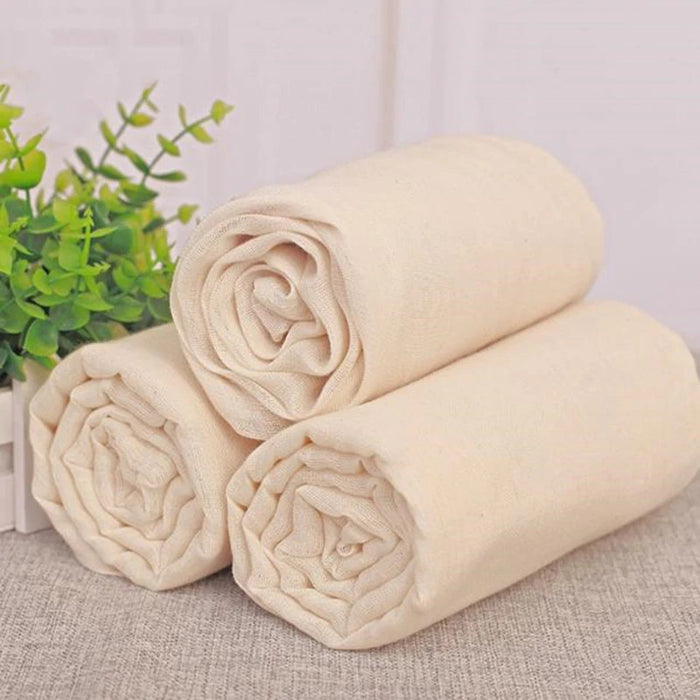
Cheese Cloth Bulk in Wholesale for Straining

Buy Cheesecloth Cheese Food Grade Reusable Muslin Butter Filter Cloth 274x91cm SYD Online
An essential for home cheese making: This cheese cloth is ideal for straining curds and whey from your cheese, Finely woven: The woven muslin cloth

KitchenCraft Home Made Muslin Cheesecloth - Cotton White, 1.6 m
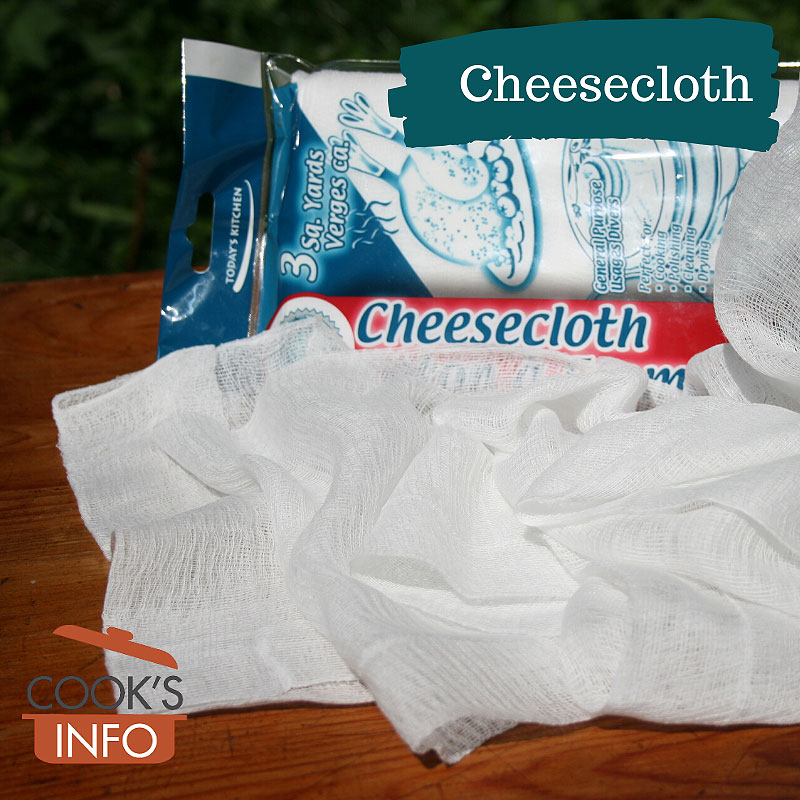
Cheesecloth - CooksInfo

Cheesecloth Frill Detail Maxi Dress

Cheesecloth Sur La Table
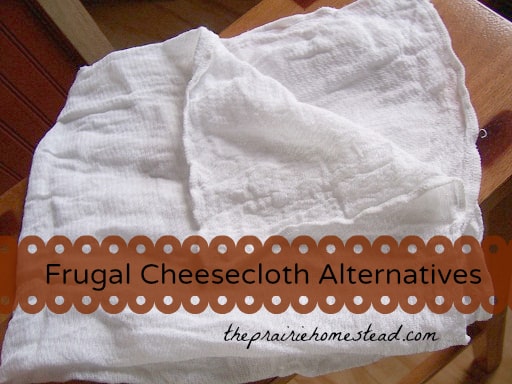
A (Frugal) Cheesecloth Alternative • The Prairie Homestead
:max_bytes(150000):strip_icc()/MSL-353184-PerferctRoastTurkeywithCheesecloth-hero-horiz-0723-8cf55ff1a27a4c31a9b16b8b541609fd.jpg)
Martha Stewart Roast Turkey Recipe: Cheesecloth Method (With Video)

What Is Cheesecloth? Where Can I Buy Cheesecloth Near Me or Delivery? — Mary's Kitchen Towels
This multi purpose cloth is ideal for straining, cheese making, preserving, steaming fish, pudding, and pies, making herb and spice bags, and

Kitchen Craft Cheese Cloth
